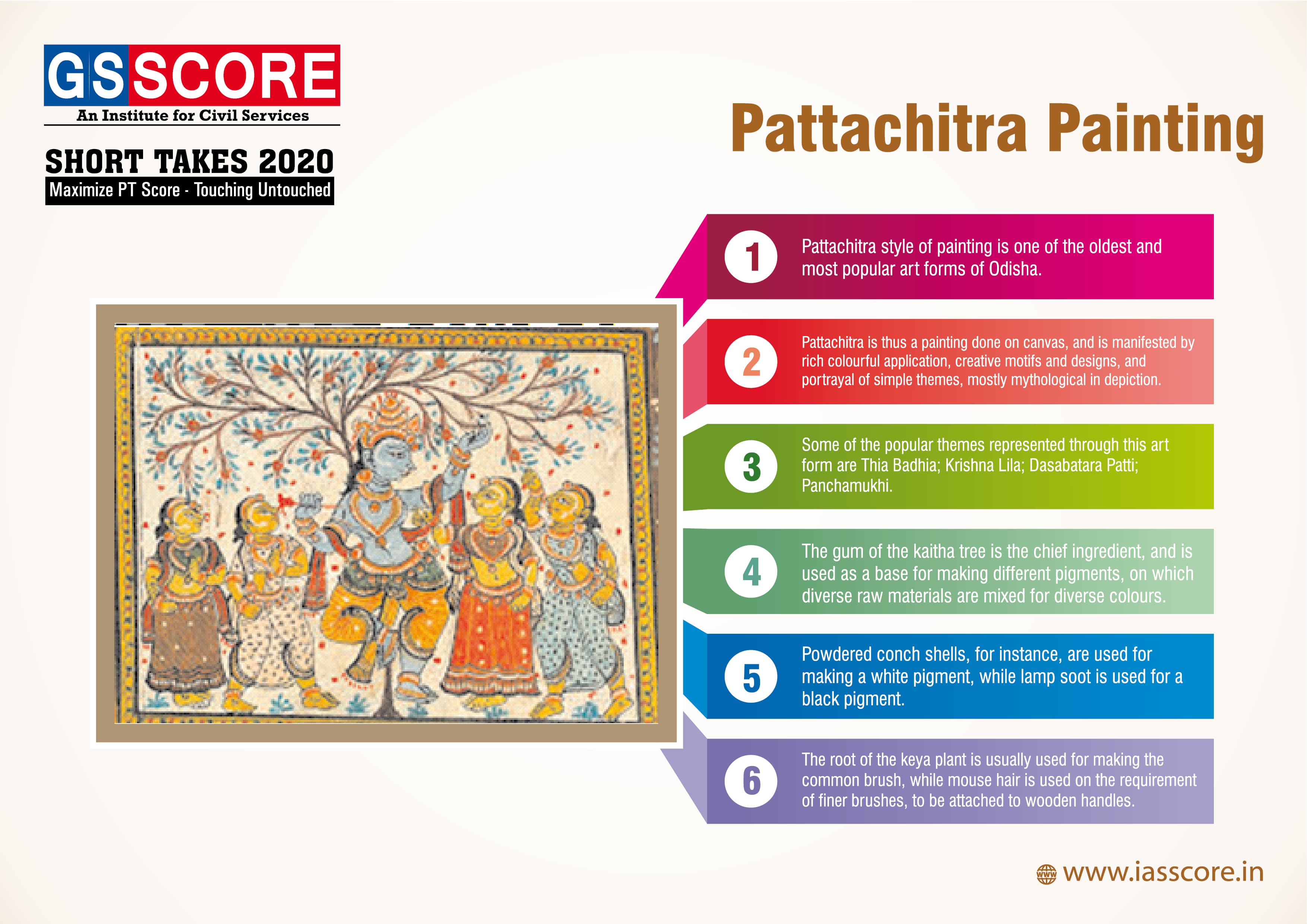Polity: Basic Structure and Emergency
Basic Structure of the Constitution
- Basic Structure means those basic fabrics of the Indian Constitution which cannot be hindered by an Act of Parliament.
- The present position is that the Parliament under Article 368 can amend any part of the Constitution including the Fundamental Rights but without affecting the ‘basic structure’ of the Constitution.
- There are series of cases which led to the emergence of Basic Structure in the Constitution.
Following are the cases and their relevant outcomes:
- Shankari Prasad case (1951)
- The Supreme Court ruled that the power of the Parliament to amend the Constitution under Article 368 also includes the power to amend Fundamental Rights.
- Golak Nath case (1967)
- The Supreme Court reversed its earlier stand.
- The Supreme Court ruled that the Fundamental Rights are given a ‘transcendental and immutable’ position and hence, the Parliament cannot abridge or take away any of these rights.
- 24th Amendment Act (1971).
- This was the reaction of Parliament to the Supreme Court judgment in Golak Nath case.
- This Act amended Articles 13 and 368.
- It declared that under Article 368 the Parliament has the power to abridge or take away any of the Fundamental Rights and such an act will not be a law under the meaning of Article 13.
- Kesavananda Bharati case (1973)
- The Supreme Court overruled its judgment in the Golak Nath case (1967).
- It empowered the Parliament to abridge or take away any of the Fundamental Rights.
- It also laid down a new doctrine of the ‘basic structure’.
- It ruled that under Article 368, the parliament is not empowered to amend the Basic Structure of the Constitution.
- 42nd Amendment Act (1976)
- This Act amended Article 368 and declared that there is no limitation on the constituent power of Parliament.
- It also widened its scope of amendment under Art. 368. No amendment can be questioned in any court on any ground including that of the contravention of any of the Fundamental Rights.
- Minerva Mills case (1980)
- Under this case, the Supreme Court invalidated the provisions mentioned in 42nd Amendment Act.
- Supreme Court added that Judicial Review is the part of the Basic Structure of the Constitution.
- Waman Rao case (1981)
- Through this case, Supreme Court clarified that the doctrine of the ‘basic structure’ will apply to Constitutional Amendments enacted after April 24, 1973.
Elements of the Basic Structure
- There are no fixed elements as such under the Basic Structure of the Constitution.
- The Supreme Court is yet to decide and clarify it.
- But according to the various cases of Supreme Court, following list has been prepared under the Basic Structure:
- Supremacy of the Constitution
- Sovereign, democratic and republican nature of the Indian polity
- Secular character of the Constitution
- Separation of powers between the legislature, the executive and the judiciary
- Federal character of the Constitution
- Unity and integrity of the nation
- Welfare state (socio-economic justice)
- Judicial review
- Freedom and dignity of the individual
- Parliamentary system
- Rule of law
- Harmony and balance between Fundamental Rights and Directive Principles
- Principle of equality
- Free and fair elections
- Independence of Judiciary
- Limited power of Parliament to amend the Constitution
- Effective access to justice
- Principles (or essence) underlying Fundamental Rights.
- Powers of the Supreme Court under Articles 32, 136, 141 and 142.
- Powers of the High Courts under Articles 226 and 227.
Emergency Provisions
- The Emergency provisions are contained in Part XVIII of the Constitution, from Articles 352 to 360.
- This Part of the Constitution was added to help the Central Government to maintain the essence of the Constitution during abnormal situations.
- During an Emergency, the federal structure of the constitution turns unitary.
- The Constitution highlights three types of emergencies:
- National Emergency (Article 352).
- State Emergency/President’s Rule (Article 356).
- Financial Emergency (Article 360).
National Emergency
- Under Article 352, the President can declare a national emergency when the security of India or a part of it is threatened by war or external aggression or armed rebellion.
- This emergency can be declared even before the occurrence of the war, if President is satisfied that there is an imminent danger.
- The 38th Amendment Act of 1975 allowed the President to issue different proclamations on grounds of war, external aggression, armed rebellion, or imminent danger thereof, whether or not there is a proclamation already issued by him and such proclamation is in operation.
- The 42nd Amendment Act of 1976 enabled the President to limit the operation of a National Emergency to a specified part of India.
- The 44th Amendment Act of 1978 substituted the words ‘armed rebellion’ for ‘internal disturbance’. It also introduced a safeguard to eliminate any possibility of the Prime Minister alone taking a decision to declare Emergency as happened in 1975.
- The President, can proclaim a national emergency only after receiving a written recommendation from the cabinet.
- The proclamation of Emergency must be approved by both the Houses of Parliament within one month from the date of its issue. This time limit was set by 44th Amendment Act of 1978.
- If approved by both the Houses of Parliament, the emergency continues for six months, and can be extended to an indefinite period with an approval of the Parliament for every six months.
- Every resolution approving the proclamation of emergency or its continuance must be passed by either House of Parliament by a special majority.
- A proclamation of emergency may be revoked by the President at any time by a subsequent proclamation. Such a proclamation does not require the parliamentary approval.
- Further, the President must revoke a proclamation if the Lok Sabha passes a resolution disapproving its continuation. Again, this safeguard was introduced by the 44th Amendment Act of 1978.
Effects of National Emergency
- While a proclamation of Emergency is in force, the normal fabric of the Centre–state relations undergoes a basic change. The federal structure is transformed into a unitary one.
- During a national emergency, the executive power of the Centre extends to directing any state regarding the manner in which its executive power is to be exercised. But the State Governments are not suspended.
- During a national emergency, the Parliament becomes empowered to make laws on any subject mentioned in the State List. The laws made under such circumstances become inoperative six months after the emergency has ceased to operate.
- During a national emergency, the President can either reduce or cancel the transfer of finances from Centre to the states. Such modification continues till the end of the financial year in which the Emergency ceases to operate.
- While a proclamation of National Emergency is in operation, the life of the Lok Sabha may be extended beyond its normal term by a law of Parliament for one year at a time (for any length of time).
- Articles 358 and 359 describe the effect of a National Emergency on the Fundamental Rights. Article 358 deals with the suspension of the Fundamental Rights guaranteed by Article 19, while Article 359 deals with the suspension of other Fundamental Rights.
President’s Rule
- Article 355 imposes a duty on the Centre to ensure that the government of every state is carried on in accordance with the provisions of the Constitution.
- It is this duty in the performance of which the Centre takes over the government of a state under Article 356 in case of failure of constitutional machinery in state.
- The President’s Rule can be proclaimed under Article 356 on two grounds:
- Article 356 empowers the President to issue a proclamation, if he is satisfied that a situation has arisen in which the government of a state cannot be carried on in accordance with the provisions of the Constitution. Notably, the president can act either on a report of the governor of the state or otherwise too
- Article 365 says that whenever a state fails to comply with or to give effect to any direction from the Centre, it will be lawful for the president to hold that a situation has arisen in which the government of the state cannot be carried on in accordance with the provisions of the Constitution.
- A proclamation imposing President’s Rule must be approved by both the Houses of Parliament within two months from the date of its issue.
- If approved by both the Houses of Parliament, the President’s Rule continues for six months.
- It can be extended for a maximum period of three years with the approval of the Parliament, every six months.
- 44th Amendment Act of 1978 brought the satisfaction of President’ Rule under Judicial Review.
- Every resolution approving the proclamation of President’s Rule or its continuation can be passed by either House of Parliament only by a simple majority.
Consequences of President’s Rule
- He can take up the functions of the state government and powers vested in the governor or any other executive authority in the state.
- He can declare that the powers of the state legislature are to be exercised by the Parliament.
- He can take all other necessary steps including the suspension of the constitutional provisions relating to anybody or authority in the state.
Financial Emergency
- Article 360 empowers the president to proclaim a Financial Emergency.
- It arises under situation when the financial stability or credit of India or any part of its territory is threatened.
- A proclamation declaring financial emergency must be approved by both the Houses of Parliament within two months from the date of its issue.
- Once approved by both the Houses of Parliament, the Financial Emergency continues indefinitely till it is revoked.
- A resolution approving the proclamation of financial emergency can be passed by either House of Parliament only by a simple majority.
- A proclamation of Financial Emergency may be revoked by the president at anytime by a subsequent proclamation. Such a proclamation does not require the parliamentary approval.
Effects of Financial Emergency
- The executive authority of the Centre extends to directions as the President may deem necessary and adequate for the purpose.
- Any such direction may include a provision requiring the reduction of salaries and allowances of all or any class of persons serving in the state; and the reservation of all money bills or other financial bills for the consideration of the President.
- The President may issue directions for the reduction of salaries and allowances of all or any class of persons serving the Union; and the judges of the Supreme Court and the high court.
Food Safety Mitra Scheme
Context
- Recently, the Union Minister of Health and Family Welfare launched the Food Safety Mitra (FSM) scheme at the occasion of World Food Day.
About
- The apex food regulator Food Safety and Standards Authority of India (FSSAI)launched Food Safety Mitra (FSM) scheme.
- FSM Scheme aimsto support small and medium-scale food businesses as to comply with the food safety laws and will facilitate them with the licensing and registration process, hygiene ratings and training programme.
- The scheme will also improve ease of doing business by creating a transparent and organized ecosystem supporting food businesses wherein food businesses will be able to get trained service providers at fair prices - lowering the costs of compliance.
- A Food Safety Mitra is an individual professional certified by FSSAI who assists in compliances related to FSS Act.
- The FSMs would undergo training and certification that will be conducted by the Food Safety and Standards Authority of India (FSSAI), in order to get paid by food businesses for their services.
- The scheme would also create new employment opportunities for youth (particularly with food and nutrition background).
- FSSAI has partnered with the Domestic Workers Sector Skill Council (DWSSC) under the Ministry of Skill Development and Entrepreneurship to launch a training course for domestic workers and homemakers across the country.
Significance
- FSM opens a new dimension to food safety administration by augmenting government capacity and providing services to food businesses, particularly small and medium food businesses in the area of registration and licensing, training and hygiene rating. Through FSM, FSSAI plans to engage motivated individuals with the food safety ecosystem at ground level.
- The use of technology would bring in the efficiency, professionalism, and transparency in food safety administration.
- The FSMs would undergo training and certification by FSSAI to do their work and get paid by food businesses for their services.
National Institute for Sowa Rigpa
Context
- It has been decided by the Government of India to promote Sowa-Rigpa system of medicine by establishing a National Institute of Sowa-Rigpa (NISR) at Leh, Union Territory of Ladakh at an estimated cost of Rs.47.25 crore.
About
- Sowa-Rigpa is a Traditional Medical system of the Himalayan belt in India. It has been popularly practiced in Sikkim, Arunachal Pradesh, Darjeeling (West Bengal), Himachal Pradesh, Union Territory of Ladakh and now all over India.
- The Institute will be an autonomous National Institute under Ministry of AYUSH with the mandate to undertake interdisciplinary education and research programmes in Sowa-Rigpa in collaboration with premier national and international Institutes and facilitate integration of different systems of medicine.
- This will facilitate quality education, scientific validation, quality control & standardization and safety evaluation of Sowa-Rigpa products, standardized Sowa-Rigpa based tertiary health delivery and to promote interdisciplinary research & education of Sowa-Rigpa at undergraduate, postgraduate and postdoctoral levels.
- The National Institute of Sowa Rigpa would identify the best Sowa-Rigpa treatment – including their standard procedures-within the framework of traditional Sowa-Rigpa principle and possible co-relation with bio-molecular western medicine in providing health care facilities to the general public.
The basic theory of Sowa-Rigpa may be adumbrated in terms of the following five points:
- The body in disease as the locus of treatment;
- Antidote, i.e., the treatment;
- The method of treatment through antidote;
- Medicine that cures the disease;
- Materia Medica, Pharmacy & Pharmacology
Infrastructures of SOWA-RIGPA in India
- In most of Himalayan regions Sowa-Rigpa is practiced in traditional way with community support with an Amchi in every village. But since the last two decades this scenario has been changing, adopting some of the administrative elements of modern hospital system in educational Institutions, dispensaries, hospitals and pharmacies etc.
- Nevertheless, still there are all together around 1000 practitioners of Sowa-Rigpa in India catering health care in harsh Himalayan regions and other places.
- Dharamshala in Himanchal Pardesh and Ladakh region of J&K are the main Centers for Sowa-Rigpa Institutions in India.
- There is Central Council for Tibetan Medicine in Dharamsala to regulate the practice of Sowa-Rigpa in India; it looks after the registration of practitioners, standard of colleges and other mechanism to regulate Sowa-Rigpa.
Prakash Portal
Context
- Government launches Prakash portal to improve coal supply to power plants.
About
- Prakash stands for ‘Power Rail Koyla Availability through Supply Harmony’.
- The Portal aims at bringing better coordination for coal supplies among all stakeholders viz - Ministry of Power, Ministry of Coal, Coal India, Railways and power utilities.
- This is an important step in ensuring adequate availability and optimum utilization of coal at thermal power plants
The Portal is designed to help in mapping and monitoring entire coal supply chain for power plants
- Coal Stock at supply end (mines),
- Coal quantities/ rakes planned,
- Coal quantity in transit and
- Coal availability at power generating station.
Benefits of Portal to the Stakeholders
- Coal company will be able to track stocks and the coal requirement at power stations for effective production planning
- Indian Railways will plan to place the rakes as per actual coal available at siding and stock available at power stations.
- Power stations can plan future schedule by knowing rakes in pipe line and expected time to reach.
- Stock at power generating station
- Ministry of Power /Ministry of Coal/ CEA/ POSOCO can review overall availability of coal at thermal power plants in different regions
Sri Vedanta Desikar
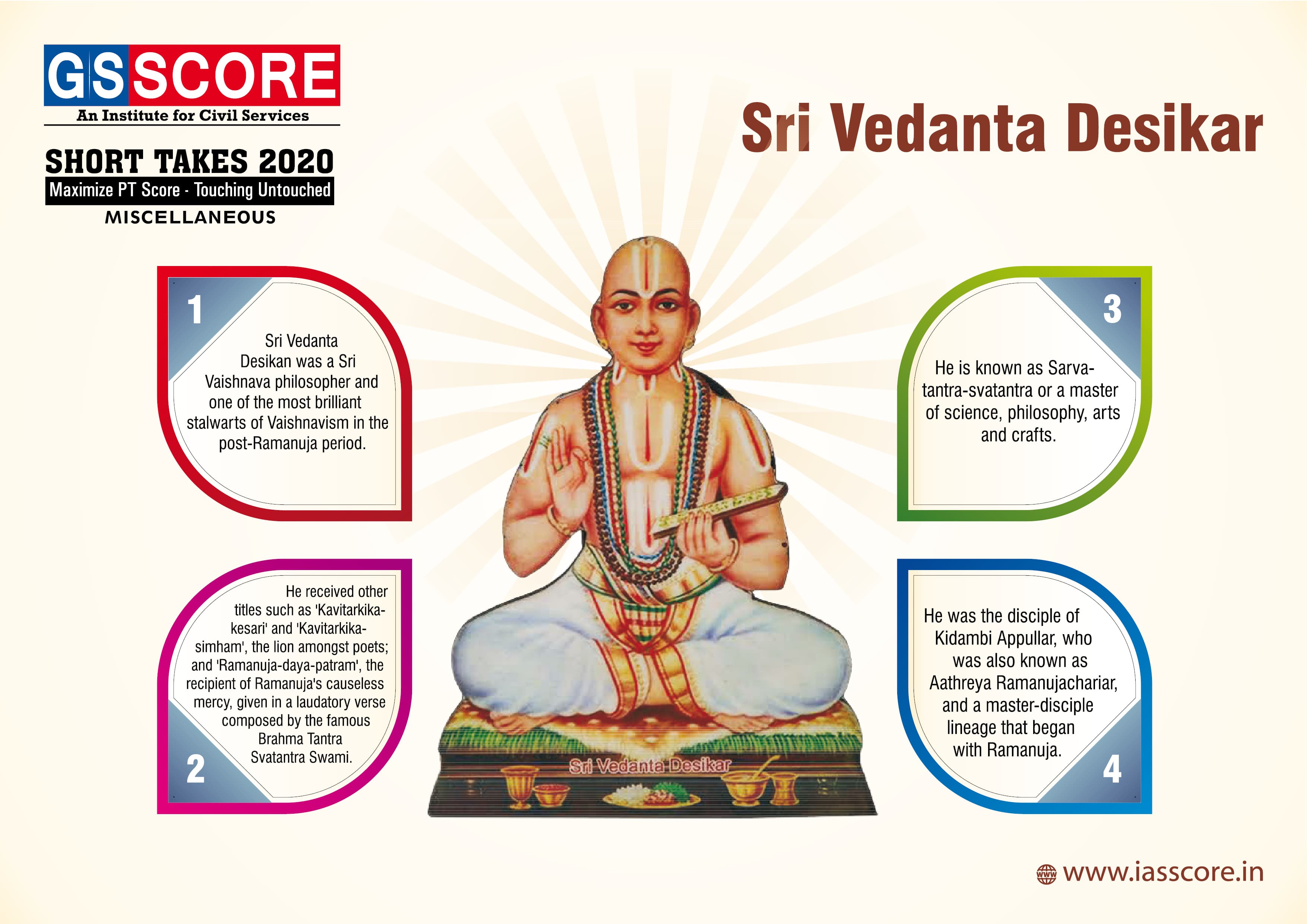
Ishwar Chandra Vidyasagar
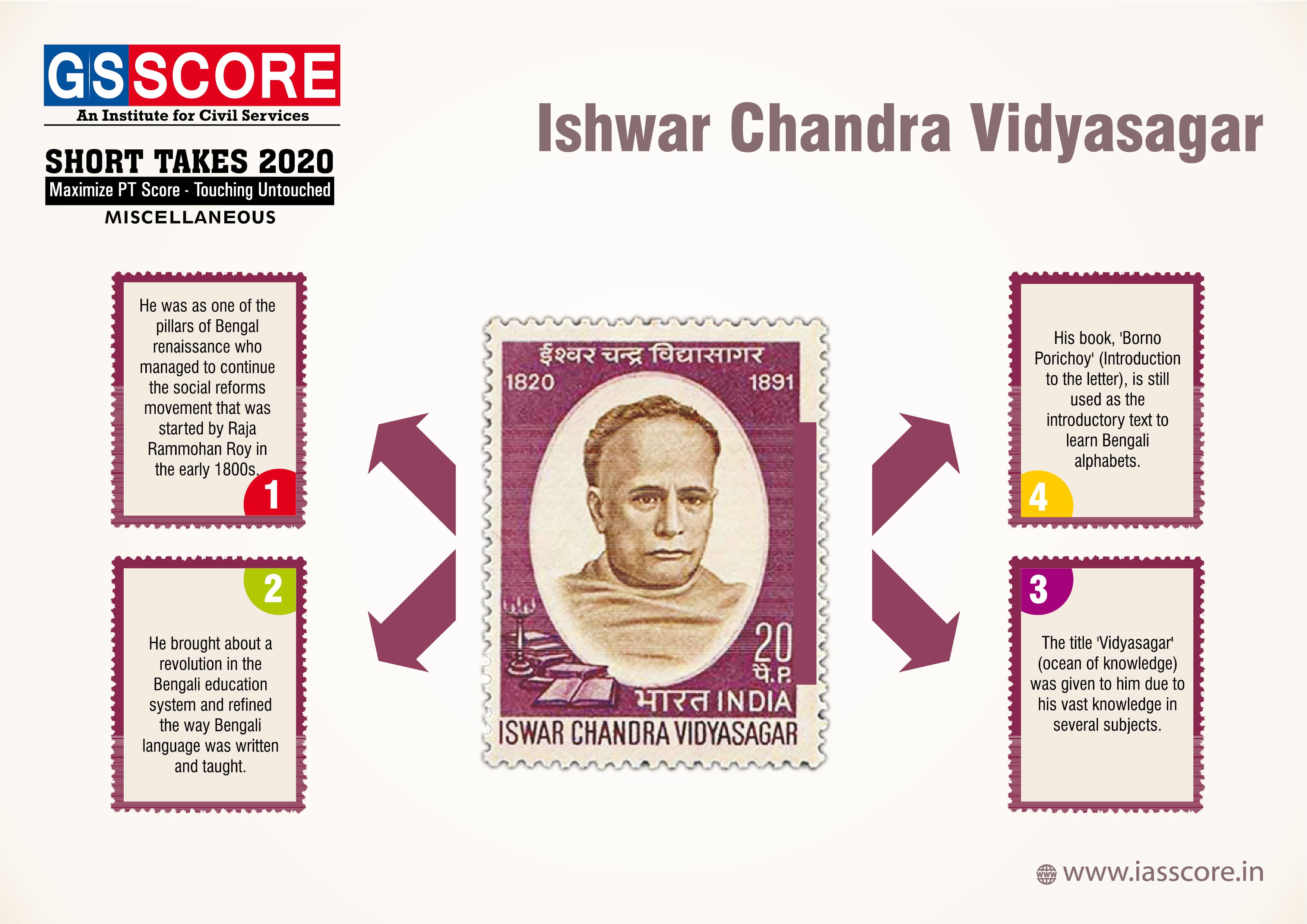
Vinayak Damodar Savarkar
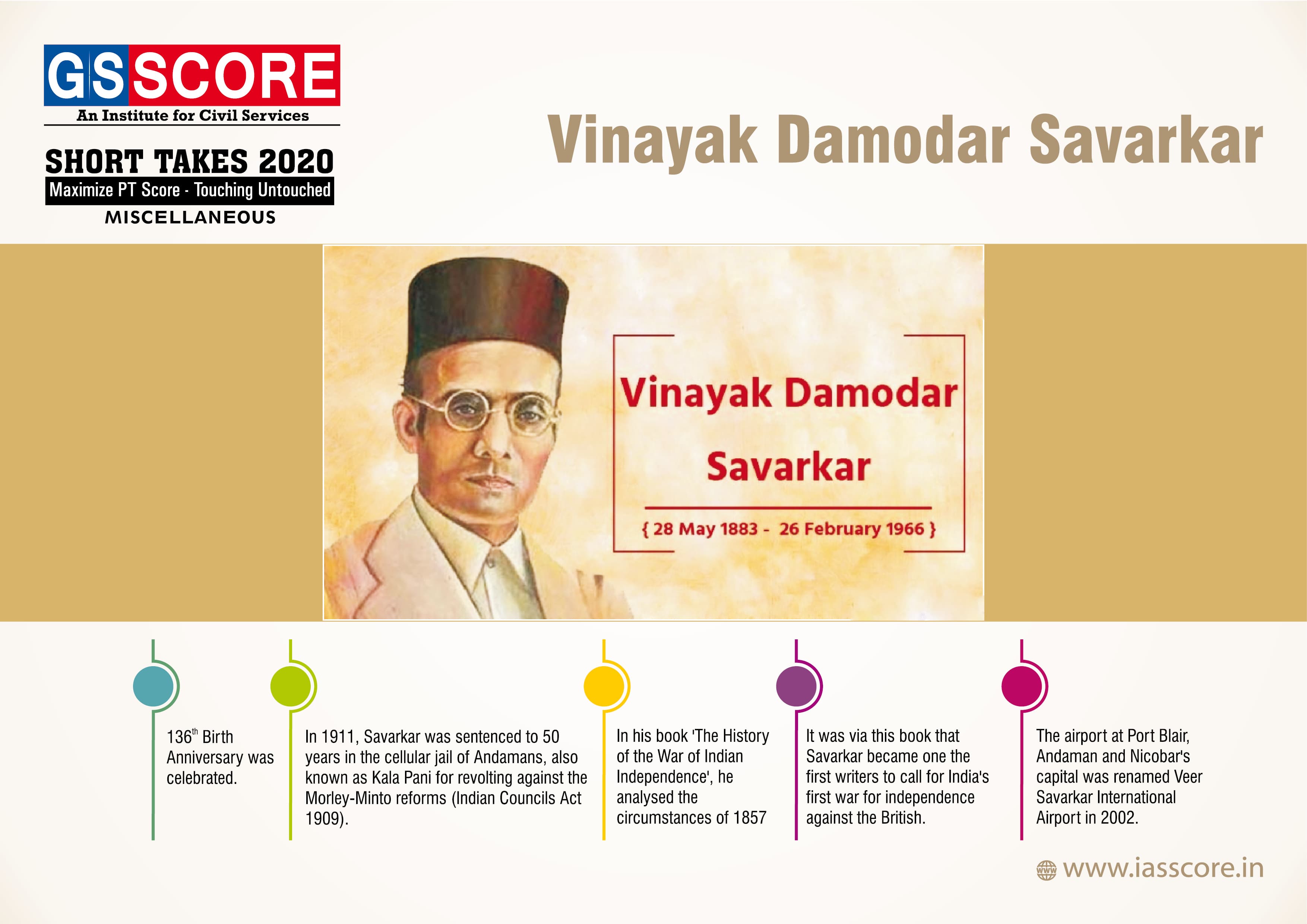
Basavanna
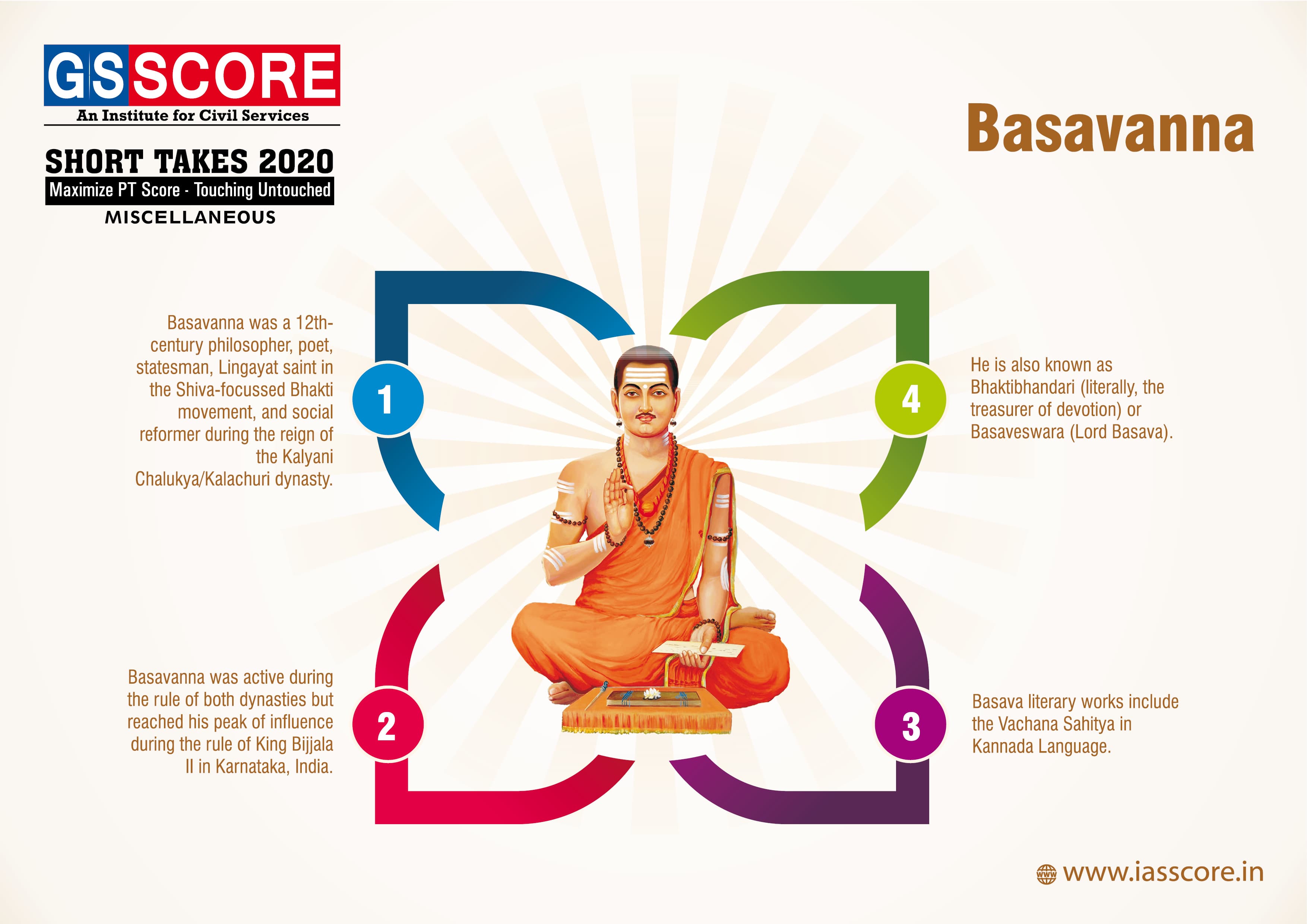
Pattachitra Painting
